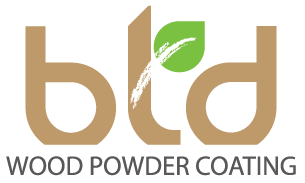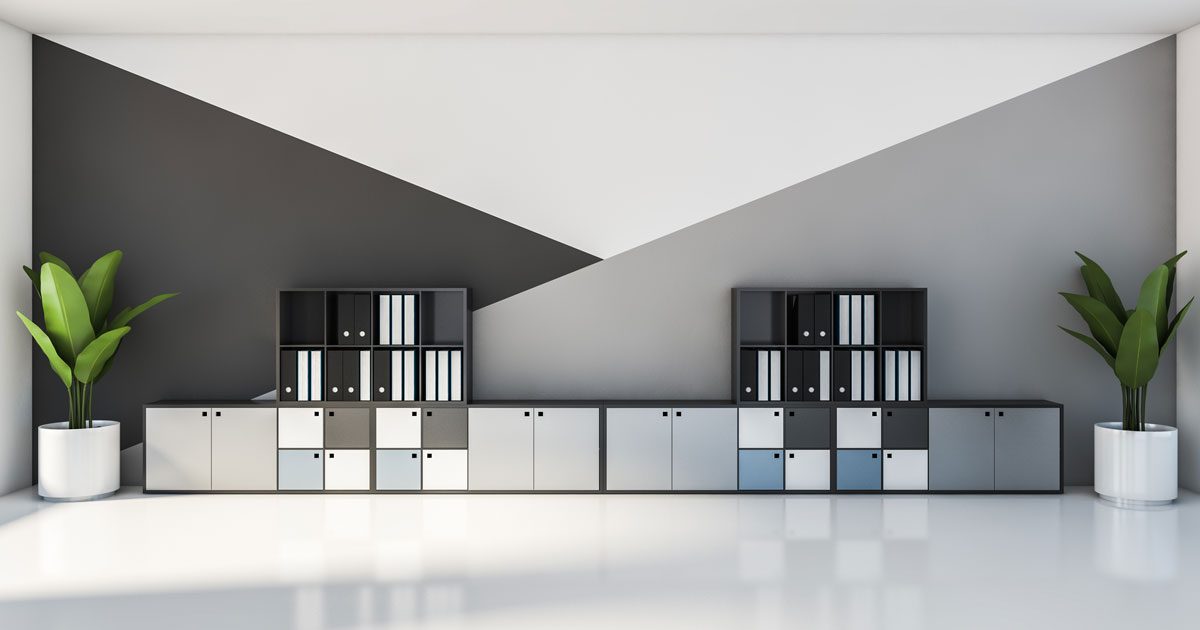Regulations, Codes, and Certifications—Improving Indoor Air Quality
At the time of our article in Wood Digest about the environmental concerns surrounding wood products, the California Air Resources Board (CARB) had just approved a regulation to reduce formaldehyde emissions from composite wood products, including hardwood plywood, particle board, and medium density fiberboard (MDF). The aim was to minimize the impact of formaldehyde, which occurs naturally in wood and is a binder in composite wood, to the conditions listed above.
The impacts of the regulation were particularly significant for the furniture, flooring, cabinetry, countertop, and shelving markets. New finished goods made with any of these wood products must now adhere to strict emission standards.
Since then, multiple standards, codes, and certifications for the VOC emissions of new construction and finished goods have been published. For example, the ANSI/ASHRAE/USGBC/IES Standard 189.1 (Standard for the Design of High Performance Green Buildings except Low-Rise Residential Buildings) provides the minimum requirements for site, design, construction, and operations within chapters for water, energy efficiency, indoor environmental quality, and materials.
Building Codes
Building codes include the International Green Construction Code (IgCC), which was developed by the International Code Council (ICC) in association with ASTM and the American Institute of Architects (AIA). It’s intended for use by manufacturers, design professionals, and contractors to reduce the environmental impact of commercial buildings, structures, and systems. The ICC 700 National Green Building Standard (NGBS) covers residential buildings.
Certifications
Certifications that evaluate indoor air quality include the Cradle to Cradle Certification and the GREENGUARD Certification, which help manufacturers create and buyers identify interior products and materials with low chemical emissions, among other sustainable characteristics.
Green Building Ratings and Systems
The focus on the effect of our built environments on health has also broadened beyond individual components/products to the project as a whole. This has prompted the development of green building ratings or systems that evaluate levels of compliance or performance with specific environmental goals and requirements. Examples of these certifications include Leadership in Energy and Environmental Design (LEED), which measures performance in the sustainability of sites, materials and resources, and indoor environmental quality, among other areas. The Living Building Challenge, which holistically evaluates buildings, is another example.
Wood Powder Coating—Producing a Minimal Effect on Our Environment
Material and finishing choices for all building components and furnishings are carefully considered during the planning phases of construction and the outfitting of new buildings.
Since the 1960s, powder coatings have been applied to metal and, more recently, wood surfaces using an electrostatic powder spray process. With the introduction of environmental-related restrictions on conventional coatings containing solvents, powder coating has grown in popularity. Unlike liquid paints, powder coatings don’t contain solvents, nor are solvents required for post-process cleaning. And, powder coatings do not produce significant emissions of VOCs or HAPs.
Wood powder coating involves an environmentally friendly process and produces an environmentally friendly product. Its versatility in color and finish choices is ideal for ready-to-assemble furniture, shelving and storage, workstations and desks, cabinetry, doors, and countertops. The durability of wood powder coating also increases its green value by extending the life of cabinetry, furniture, doors, and store fixtures.
Contact us to learn more about how wood powder coating can reduce emissions in your next project.


